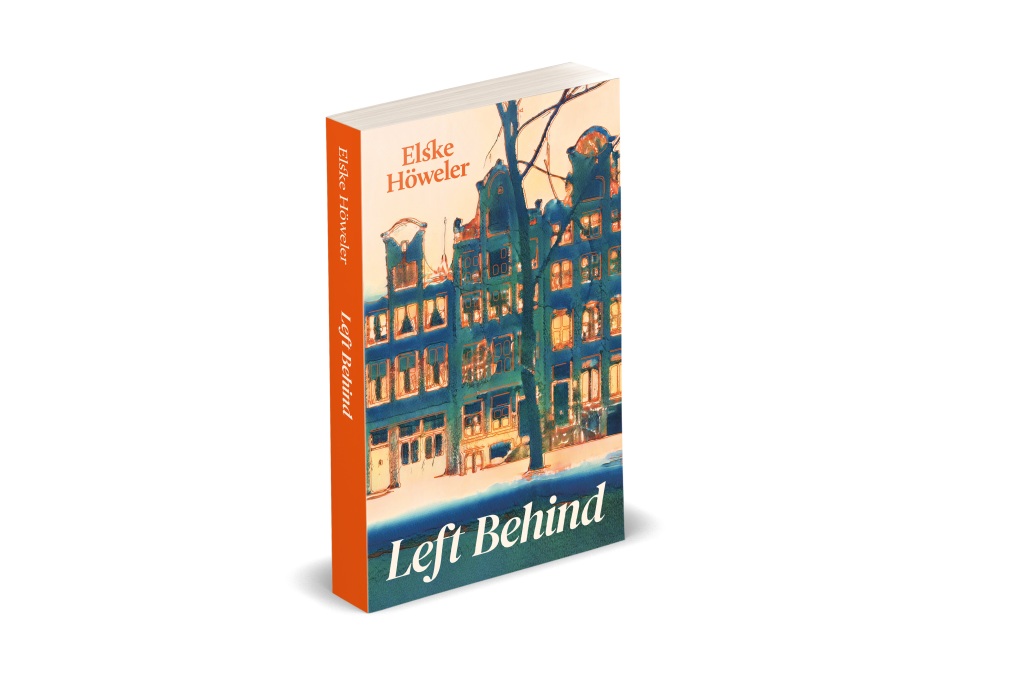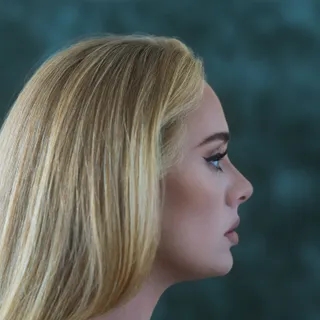Today, we’re looking at pictures painted with words. Visualisation.
What is visualisation?
Visualization involves the process of creating vivid mental images through descriptive language in writing. It’s about engaging the reader’s senses and imagination by painting a clear picture with words.
I find this quite difficult. As I mentioned in my post about imagination, mine is often not powerful enough to create these vivid images. So I need a bit of help from the real world to create these images.
I often use real locations, images or people to help me get started with descriptions. It rarely ends up anything like the image that I used because once I get going, I find it easier to embellish.
In my novel Left Behind, one of the main characters finds a small wooden box that holds something of great significance, and I felt it should be described in a bit of detail to not only give the reader a mental image, but also to highlight it enough to ensure the reader understands its importance. I had a vague idea of what I wanted it to look like and after spending a while online looking at a lot of images, I ended up with this:
“The box was made of a light coloured wood, oak maybe, and just a little bigger than the books surrounding it. A swirly pattern was carved in the wood along the sides and on the lid was a painted scene of a woman staring out at sea, holding her hand above her eyes to protect them from the sun. Her white skirt billowed in the wind. I was a pretty but somehow sad picture, like the woman was looking out for something that, she knew, wouldn’t come.”
Can you see that in your head?
Do you struggle with visualisation or do you revel in it? And do you have any tips for anyone who finds it not so easy?
Happy writing everyone!!

Click on the image above to check out my debut novel Left Behind, a historical novel set in Amsterdam during the last few months of WW2.
If you buy my book using the link above, Amazon will pay me a small amount of commission, if you’re not ok with that, that’s cool, just head over to amazon and search for left behind or elske howeler.





Leave a comment